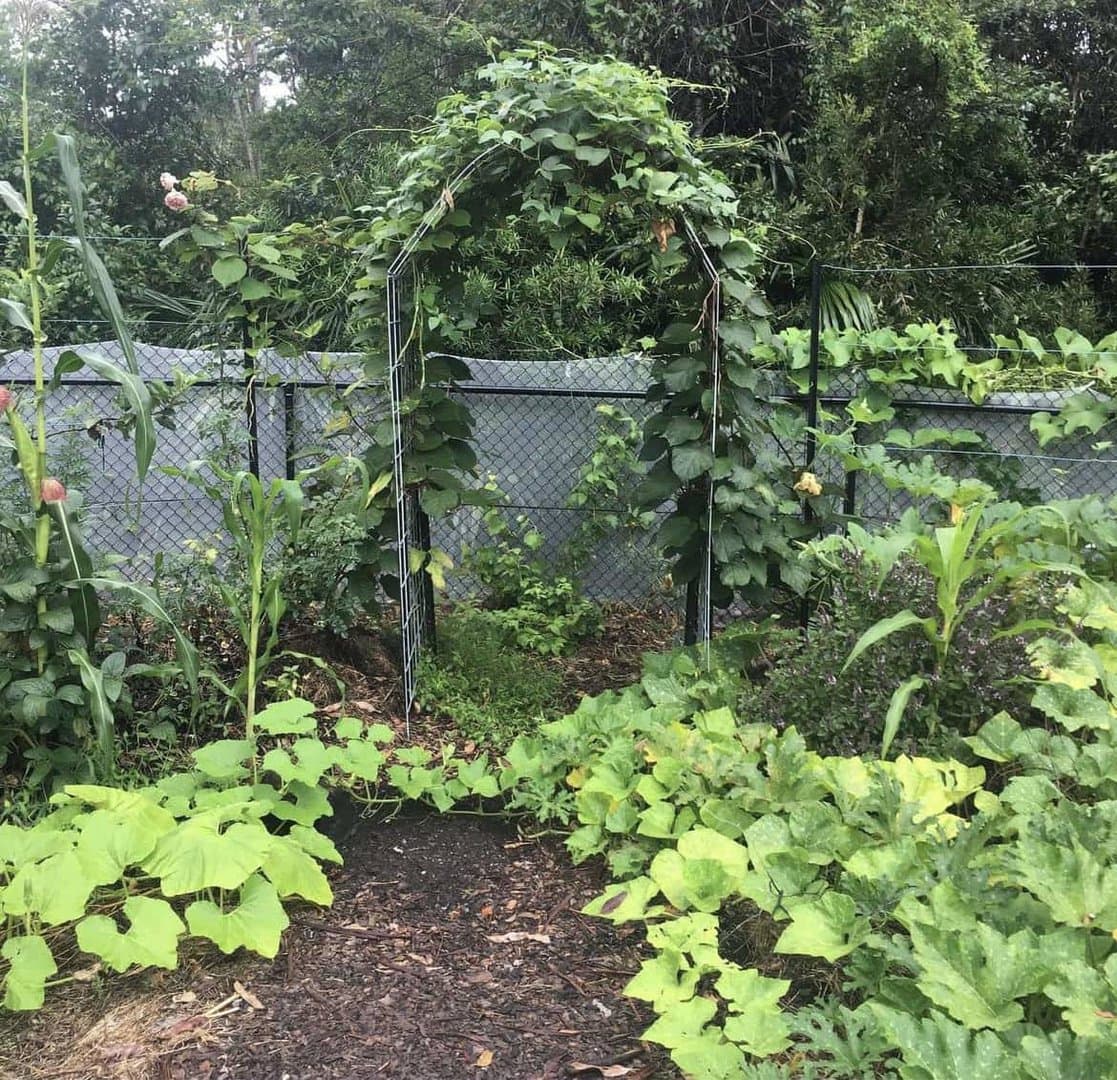As we head into the depths of winter I always reflect upon how fortunate we are to live in this bioregion. While others will have their gardens buried in snow, we will be able to continue to grow food through what can be a surprisingly productive period. If you have inherited the attitude that winter is a lean time then recognise it’s come from people that didn’t garden on the NSW Central Coast.
By now you should be harvesting beautiful brassicas including all of the wonderful Asian greens that grow so well in our gardens. I’ve had great success with tatsoi, bok choi and gai lan this year, and I plant in succession: As I remove a plant I put a seed or seedling in nearby to fill the gap. This gives me an ongoing supply of fresh food rather than all of it needing to be harvested at once.
I’m enjoying an abundance of Jerusalem artichokes, also known as sunchokes, and highly recommend these as an easy and productive tuber. After harvesting, add good compost to your soil, replant some large tubers (you will get a better harvest than if you plant small ones) and then over-sow with a mesclun seed mix or some other kind of leafy green. These plants will gobble up all the excess nitrogen in your soil which will help your sunchokes to form tubers rather than putting on lots of leafy growth. This is also a great example of the permaculture practice of “stacking in time and space” and one of the many ways that we create highly productive systems using much less space than traditional methods.
If your garden is prone to frost, I recommend collecting old lace curtains from op-shops and keeping them handy. Put a ring of stakes around any frost sensitive plants and drape the fabric over the top, or make a little lacy fence around it. These covers will let through the light but prevent frost settling. Remember that frost creeps along the ground and loves mulch, so clear mulch back from the base of plants and allow the sun to warm up the dark soil. You can move the mulch back once the danger of frost has passed.
If you find frost settling on beloved plants your best strategy is light watering to help thaw things out. Don’t prune back the frost-damaged growth until all risk of frost has passed; it will actually serve to protect your plants from further damage.
Winter is the best time to round out your appreciation of the patterns that occur across your site. Take a wander at different times of the day during the week when the shortest day of the year falls (June 22). The solstice is the day when you get the least amount of sunshine so learning where it falls on your site, and how it moves throughout the day will be invaluable when planning food gardens. Notice also those places that are in full shade all day. When we talk about “designing from patterns to details” we’re considering all of these natural patterns that influence our designs. When I first started gardening I put my food garden as close to the house as possible, because I thought it needed to be near the back door. Later, when I had spent more time observing my site, I realised why this garden was such hard work and just by relocating it a couple of metres away I was able to double my productivity, increase the variety of plants I could grow and reduce problems with pests and diseases.
Thermal mass also becomes important through the cooler months and we can use it to create productive microclimates. Choosing a ceramic pot over a plastic one, choosing a dark colour over a lighter one and using the capacity of masonry like brick work to soak up heat when the sun hits it and then slowly release it when the temperature drops can all benefit your garden. It’s another pattern that allows us to cooperate with nature in order to increase our yields.

